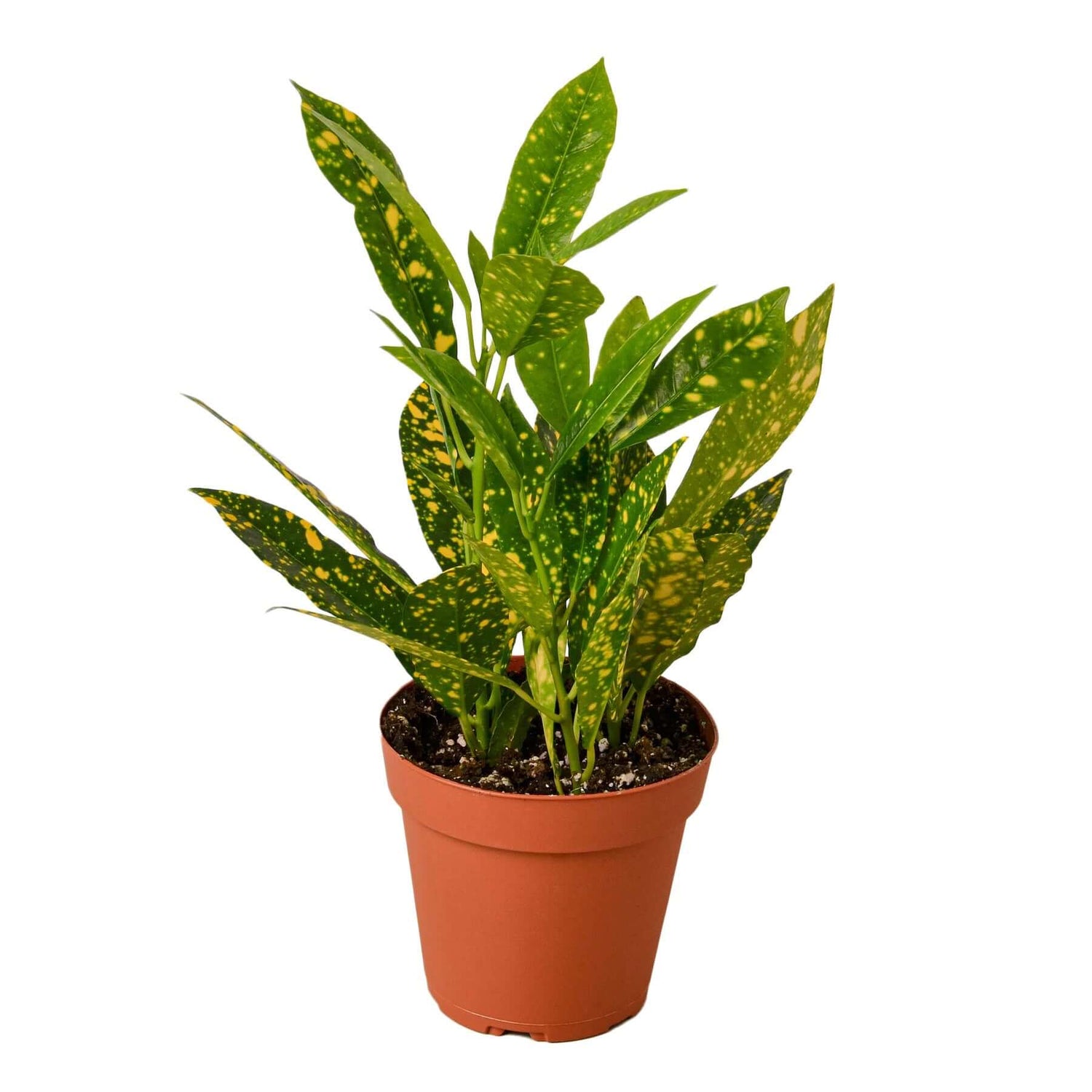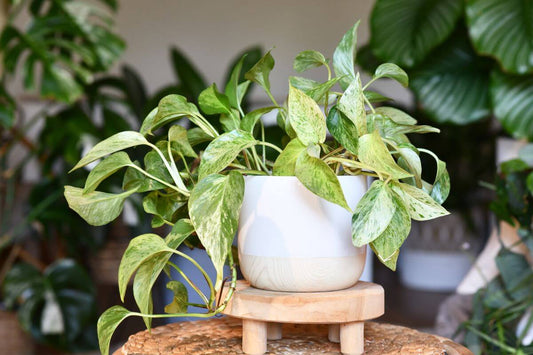Welcome to 'All About Planties'! 🌿 Repotting houseplants is a crucial part of maintaining their health and ensuring their growth. Whether you're a seasoned plant parent or just starting, knowing how to repot a houseplant properly can make a significant difference in your plant's well-being. In this guide, we’ll cover everything you need to know about repotting houseplants, from choosing the right time to the best materials and techniques.
Why Repotting Houseplants is Important
Repotting is essential because it provides fresh nutrients, encourages growth, and prevents root-bound conditions where roots grow too densely, limiting water and nutrient absorption. Regular repotting also helps to refresh the potting mix for houseplants, ensuring they get the best environment to thrive.
When to Repot Houseplants
Knowing when to repot houseplants is as important as knowing how to do it. Look for signs your plant needs repotting, such as:
- Roots Growing Out of the Drainage Holes: This indicates the plant has outgrown its current pot and needs more space.
- The Plant Becoming Top-Heavy or Outgrowing Its Pot: If your plant starts to tip over or looks too large for its container, it’s time to repot.
- Soil Drying Out Quickly After Watering: When the soil dries out too fast, it may mean the plant has absorbed all the nutrients, and fresh soil is needed.
- Stunted Growth or Yellowing Leaves: These symptoms can indicate nutrient deficiency, which fresh soil can remedy.
For most houseplants, spring and early summer are the best times to repot, as plants are in their active growing phase. During this time, the increased sunlight and longer days help plants recover quickly from the stress of repotting.

How to Repot a Houseplant
Here are the steps to ensure a smooth repotting process:
-
Choose the Right Planter: Select a pot that is 1-2 inches larger in diameter than the current one. Ensure it has drainage holes to prevent waterlogging, which can lead to root rot. Plastic, terra cotta, and ceramic containers are all excellent options.
-
Prepare the Plant: Water the plant a day before repotting to make it easier to remove from the pot. Moist soil will hold together better, reducing stress on the roots.
-
Remove the Plant: Gently tap the pot to loosen the soil and roots. Carefully slide the plant out, holding it by the base. If it’s stuck, you can run a knife around the edge of the pot to help release it.
-
Inspect the Roots: Trim any dead or rotten roots with clean scissors. If the plant is root-bound (roots circling the bottom of the pot), gently loosen the roots with your fingers to encourage outward growth in the new pot.
-
Prepare the New Pot: Add a layer of fresh potting mix to the bottom of the new pot. The type of mix you use is crucial; a well-draining mix is typically best. For most houseplants, a peat-based mix with added perlite or vermiculite is ideal.
-
Position the Plant: Place the plant in the center of the new pot and fill around it with fresh soil, ensuring the plant is at the same depth as before. Lightly press the soil to eliminate air pockets, but avoid compacting it too much, which can impede root growth.
-
Water Thoroughly: Water the plant well to help settle the soil and remove any remaining air pockets. Ensure the excess water drains out to prevent waterlogging.
-
Post-Repotting Care: Place the pot in a well-lit area but out of direct sunlight for a few days to help the plant acclimate. Continue with regular care, adjusting as needed based on the plant's response.

The Challenges of Repotting Houseplants in Winter
Repotting houseplants in winter can be challenging due to the plant's dormant state. Here are some tips to help you repot without harming your plant:
- Handle with Care: Plants are more fragile during dormancy. Be extra gentle when handling roots and stems.
- Limit Root Disturbance: Try to keep as much of the old soil around the roots as possible to minimize shock.
- Avoid Overwatering: Plants need less water in winter. Water sparingly after repotting, ensuring the soil is just moist.
- Provide Adequate Light: Since sunlight is limited in winter, place the plant in a bright spot but avoid direct sunlight which can stress the plant.
- Monitor Temperature: Keep the plant in a stable environment, avoiding drafts and extreme temperature changes.

Choosing the Right Potting Mix for Houseplants
The type of potting mix you use can greatly affect your plant’s health. Opt for a mix that matches your plant's needs. For example:
- General Houseplants: Use a peat-based mix with perlite for aeration.
- Cacti and Succulents: Use a sandy, well-draining mix to prevent water retention, which can cause root rot.
A loose, porous media that contains bark, charcoal, and perlite will aid with drainage and water retention, which is essential to avoid root rot. A good mix for most houseplants is a 50-50 blend of orchid potting mix and regular potting mix.
Repotting Tools and Materials
Having the right tools makes the process easier. You’ll need:
- A new pot
- Fresh potting mix
- Pruning shears
- Gloves
- A watering can
Repotting houseplants might seem daunting, but with the right knowledge and tools, it can be a rewarding experience. Happy repotting! 🌱










